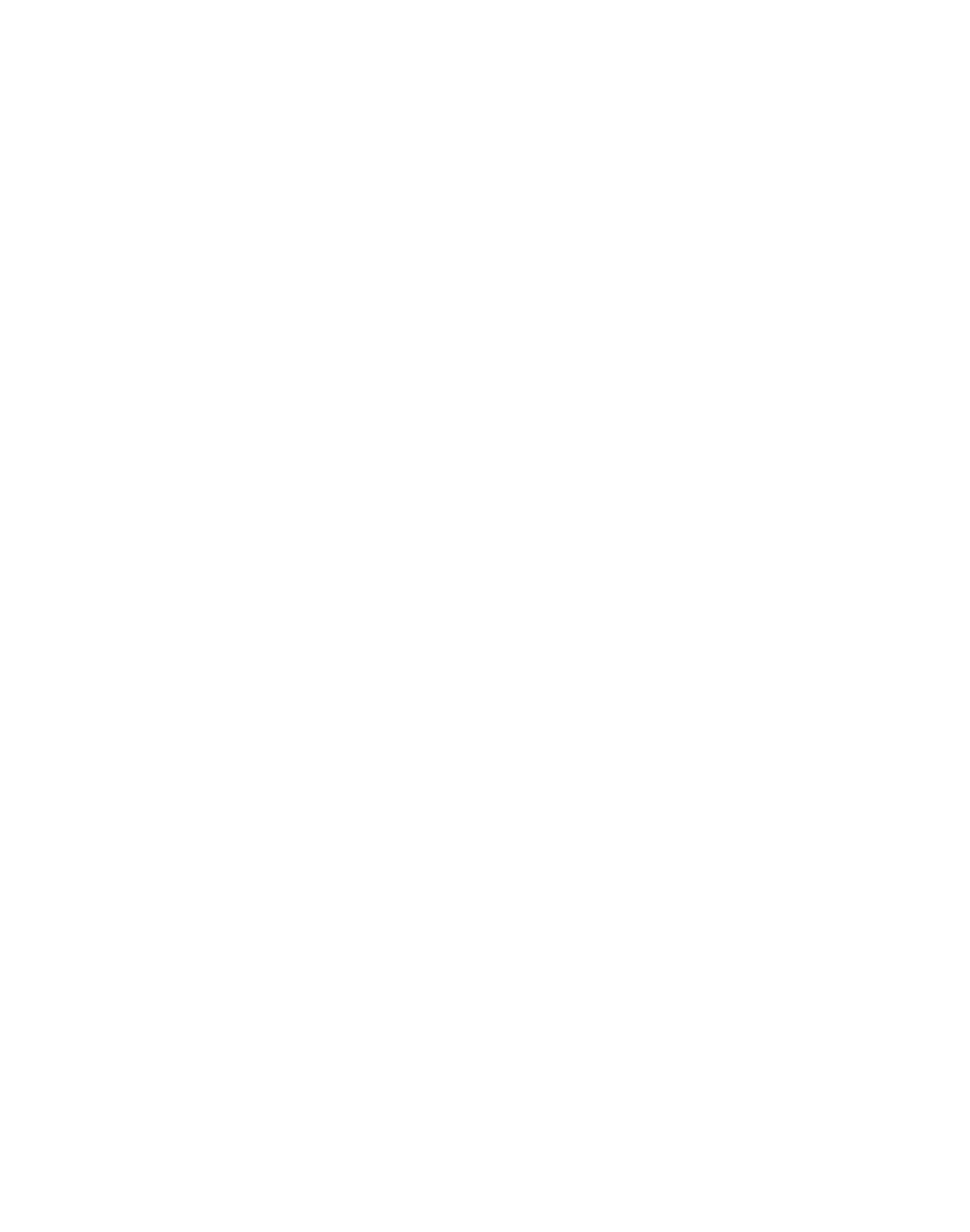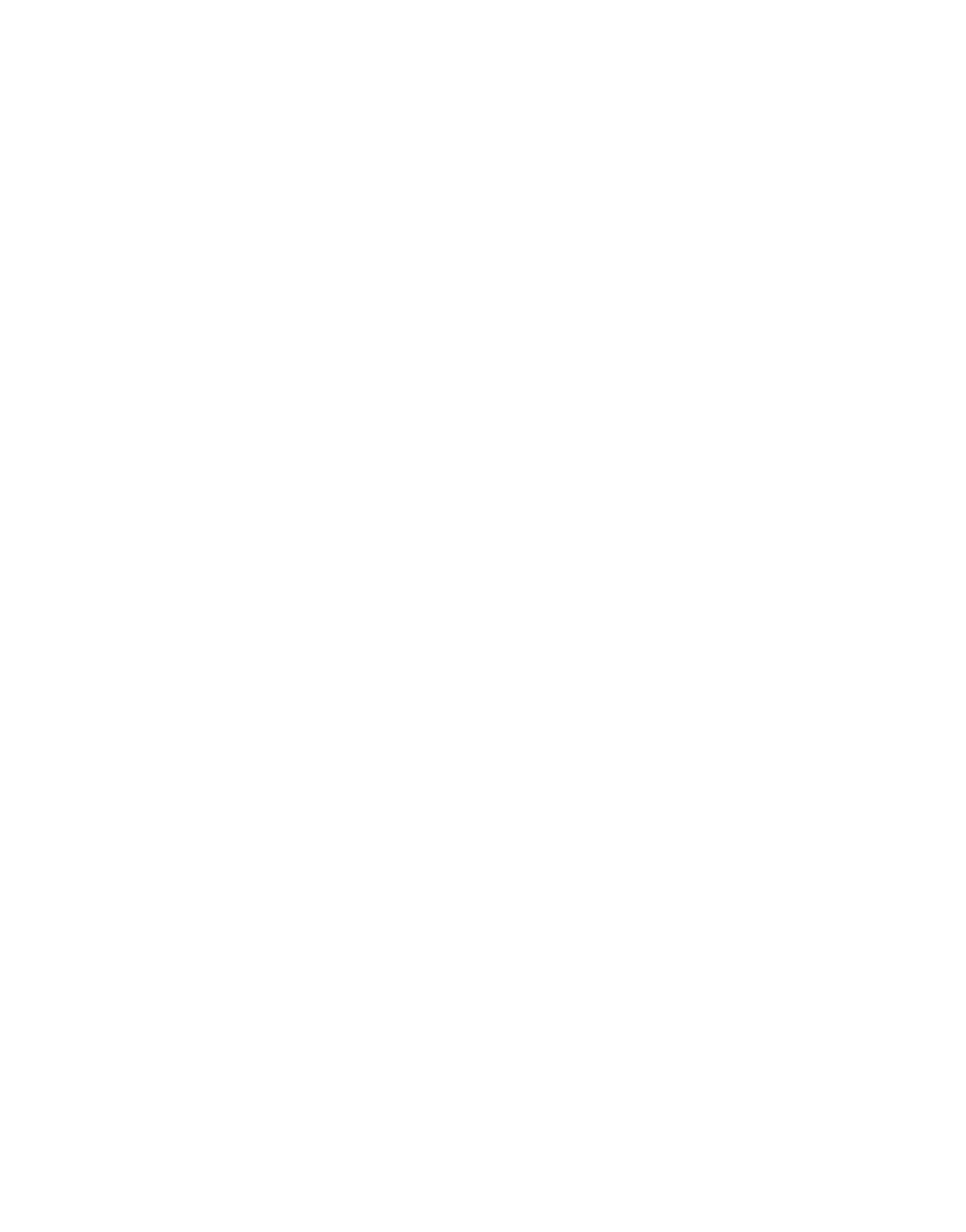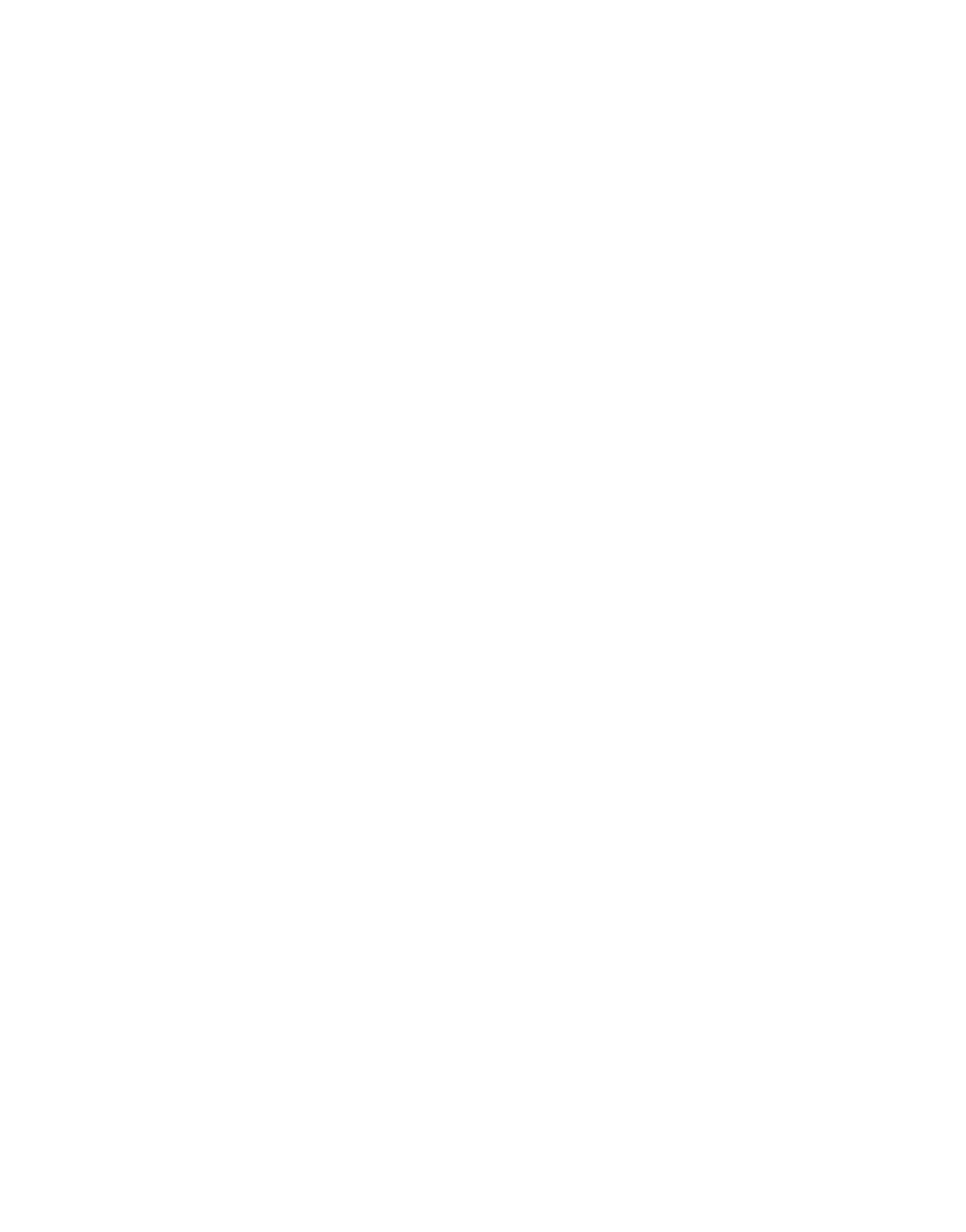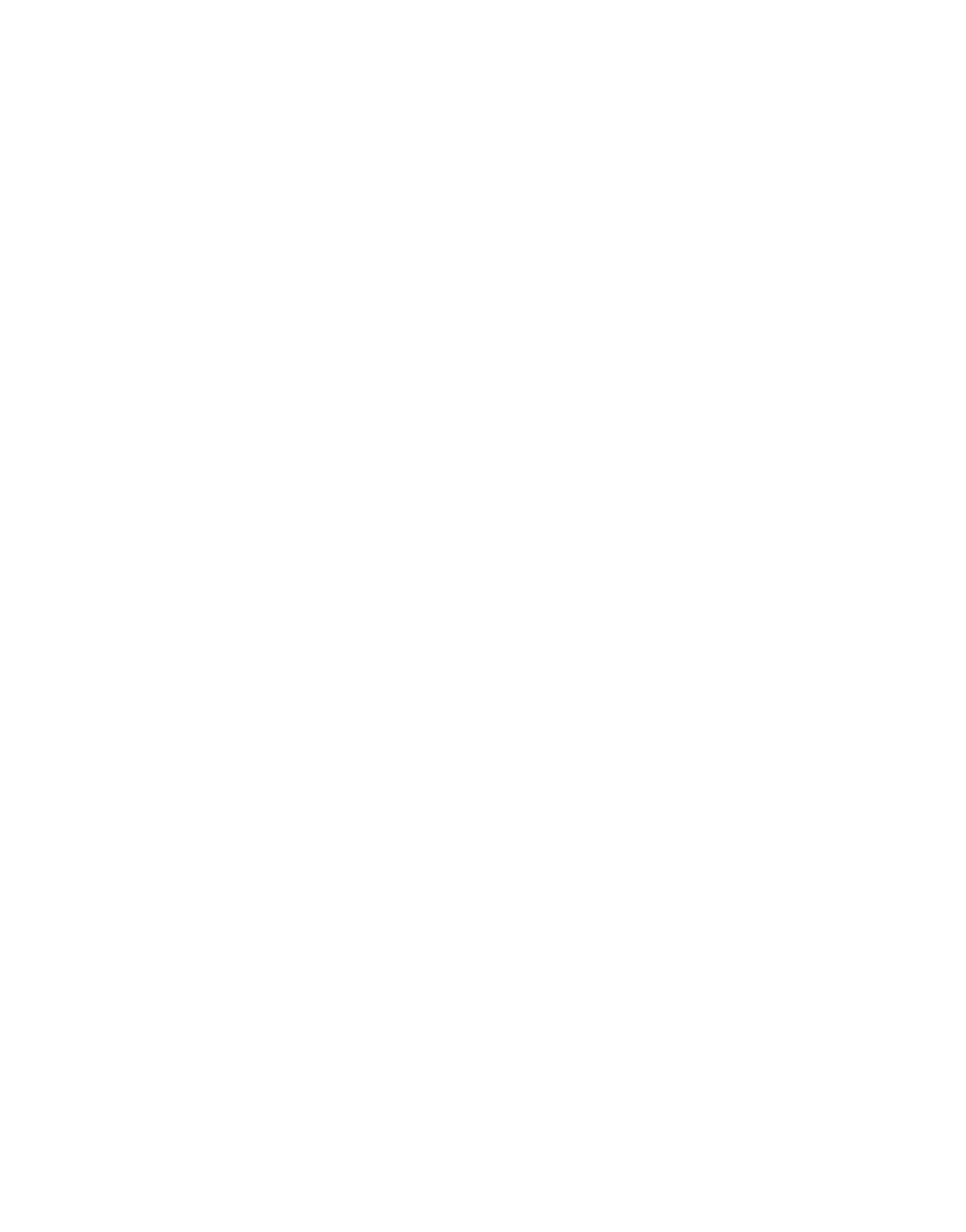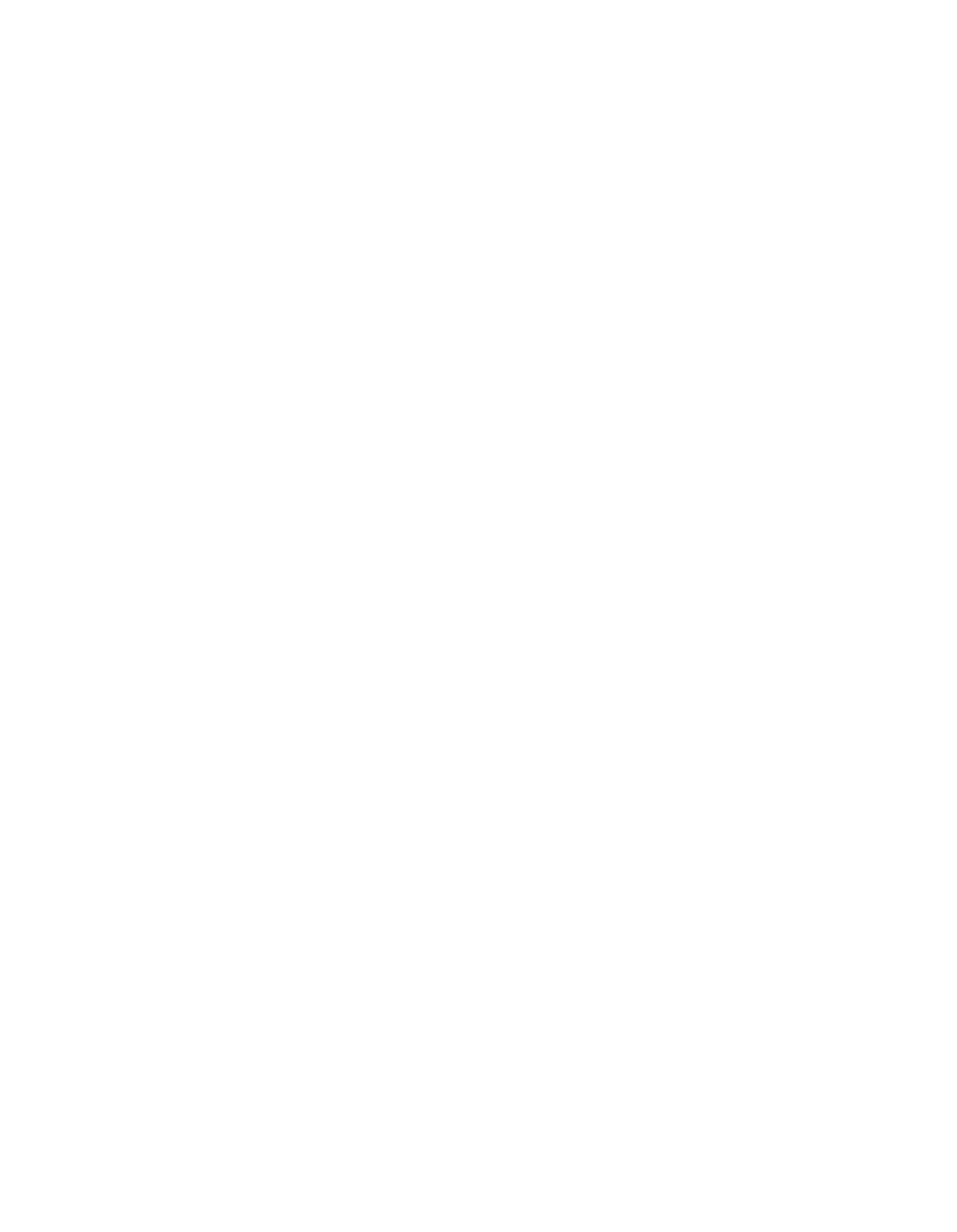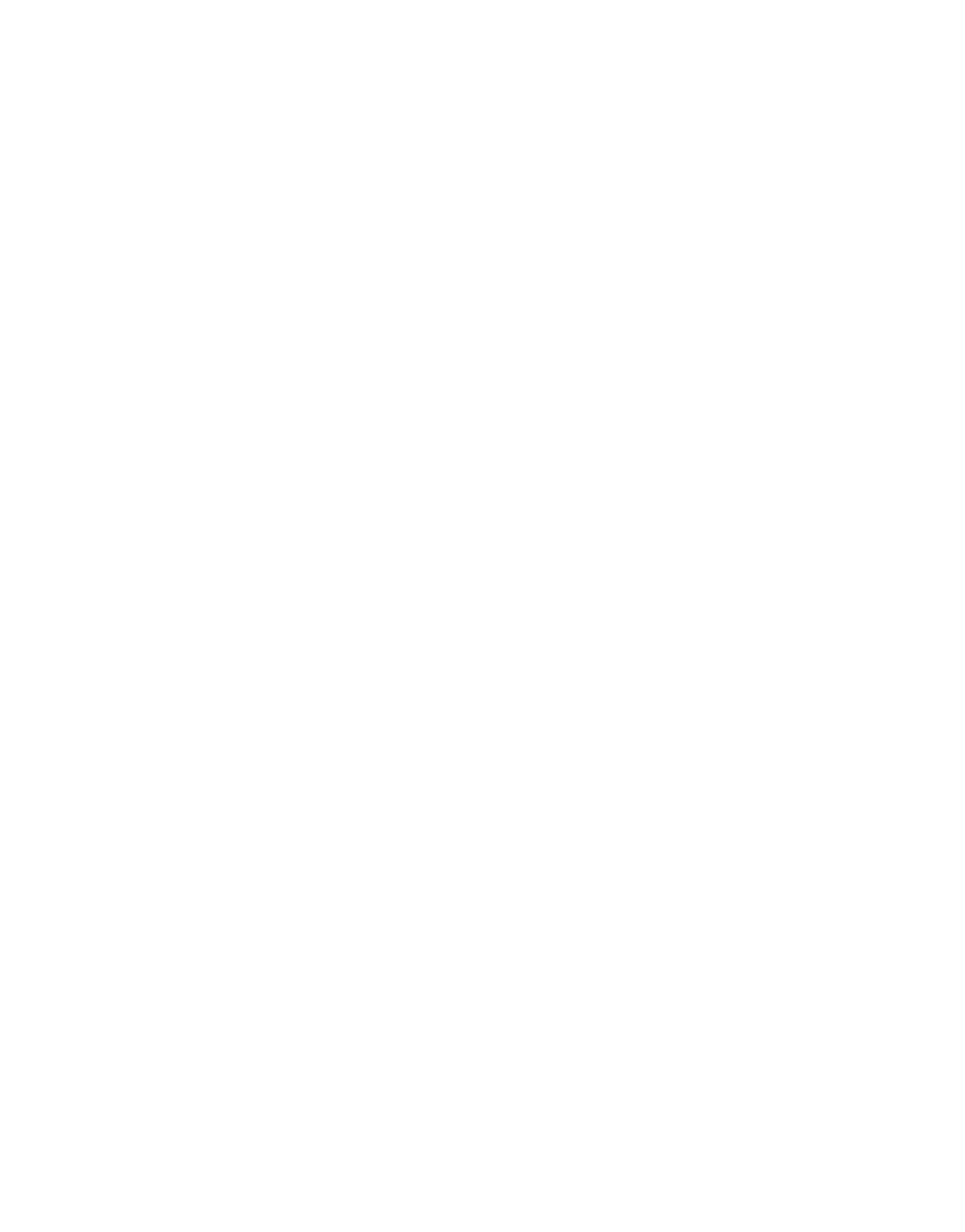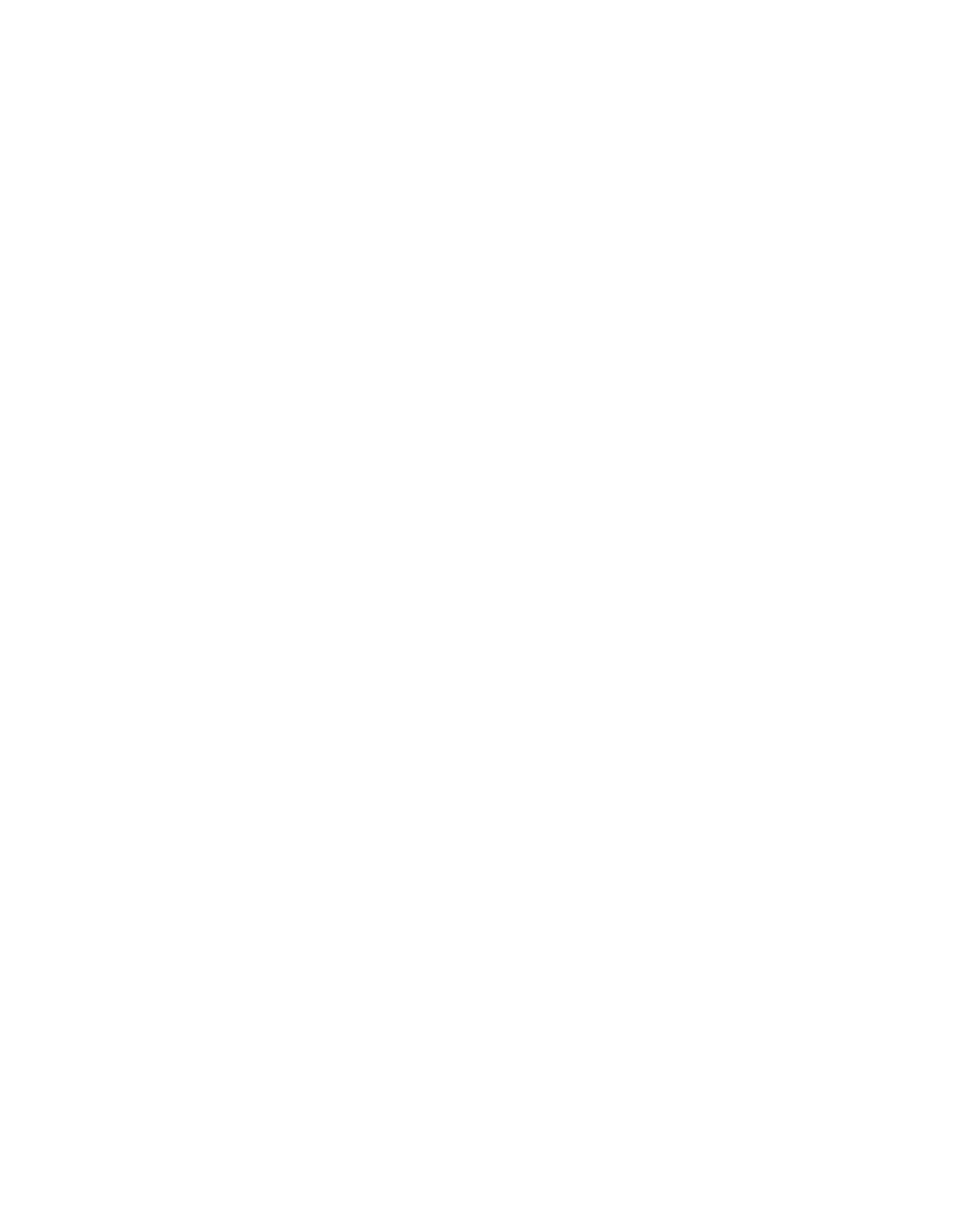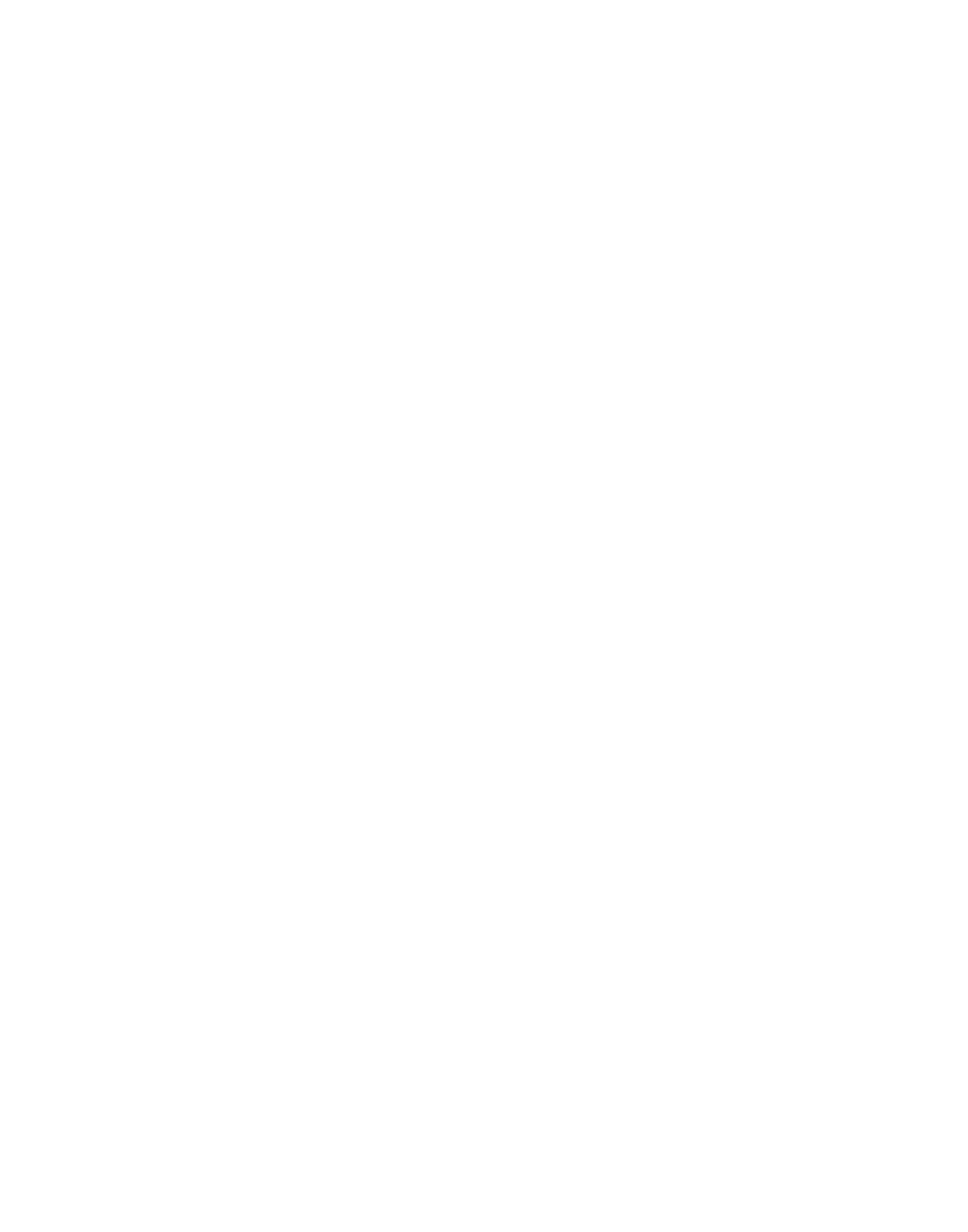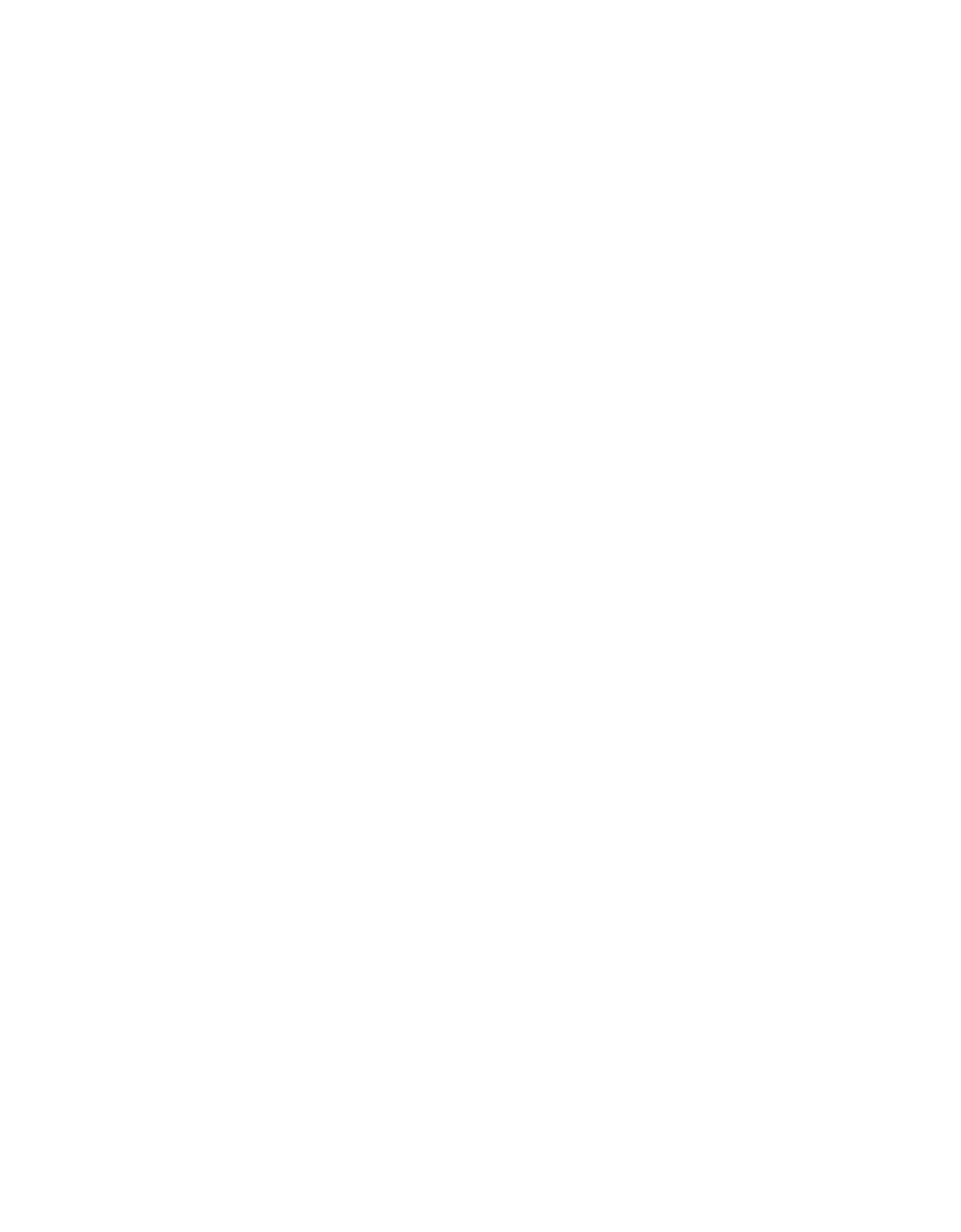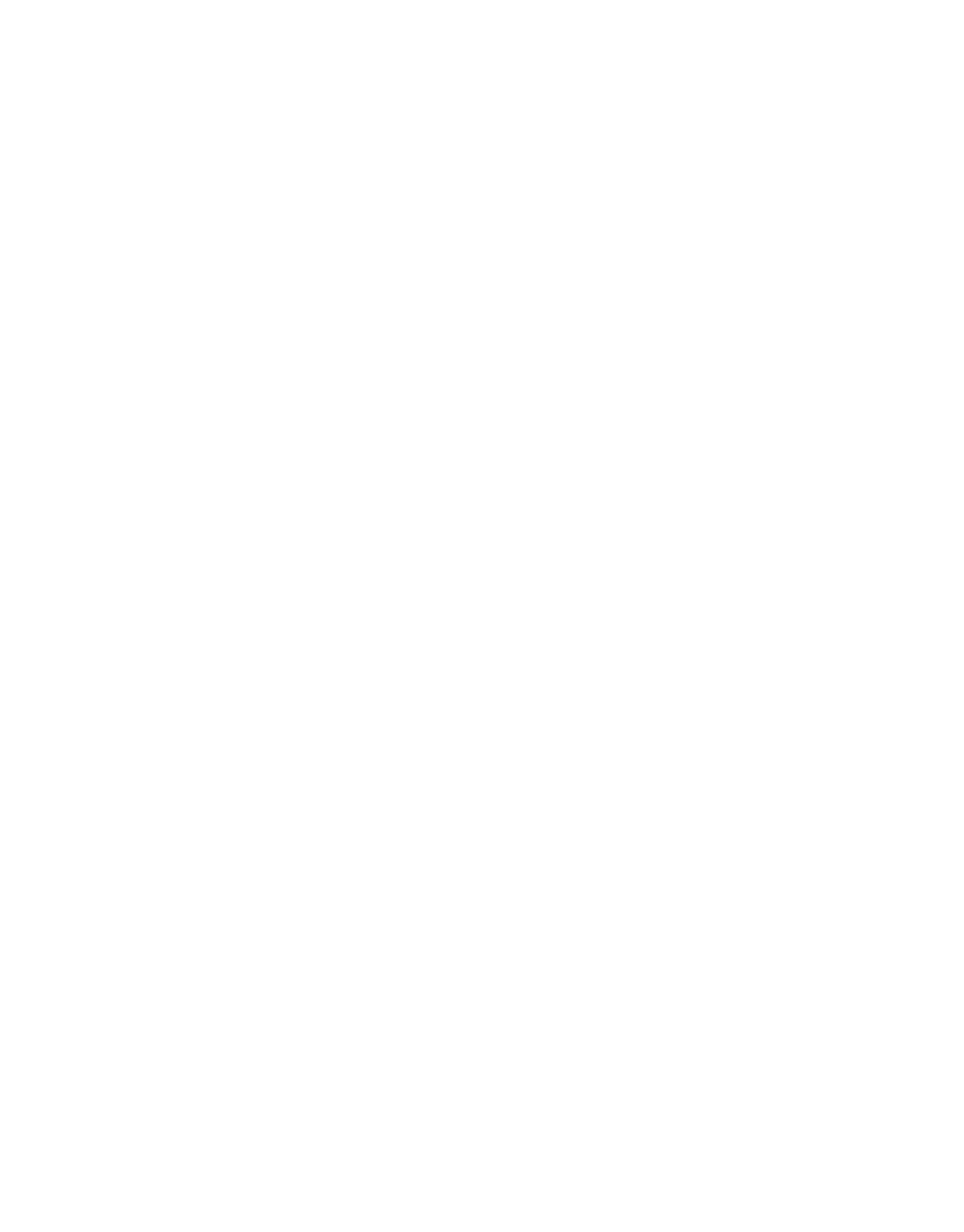ILLINOIS POLLUTION CONTROL BOARD
February 24, 1983
IN THE MATTER OF:
)
)
SULFUR DIOXIDE EMISSION
)
R80—22
LIMITATIONS:
RULE 204
)
OF CHAPTER 2
Moptq4jules.
Final
Notice.
ORDER
OF
THE
BOARD
(by
I.
G.
Goodman):
Rule 204,
Sections
(a) through
(i)
of
Sulfur
Dioxide
Standards and Limitations, as contained in the Board’s
Chapter 2:
Air Pollution, is hereby amended.
Rule 204 as
adopted now contains Sections
(a) through (o).
The text is as follows:
Rule 204
Sulfur Btaa&aeds-aM Limitations
(a)
Reserved.
(1,)
Unchanged.
(a)
BEev-Bkex4de—Bmise4ea—?ee—ffie4eb4ae—PeM-Qombesb4ea-l
t&++B+Sefld -Fiie-Bnvaed-Exe&ne4ve&y
Existing Fuel Combustion
Sources with Actual Heat Input Less Than, or Equal to,
250
Million Btu
Per Hour Located outside the Chicago, St. Louis
(Illinois) and Peoria Major Metropolitan Areas.
No person
shall cause or allow the emission of sulfur dioxide into the
atmosphere in
any
one—hour period from any existing fuel coma
bustion source with actual heat input less than, or equal
to,
250 million flu
per
hour, burning solid fuel exclusively,
located outside the Chicago, St. Louis (Illinois) and Peoria
major metropolitan areas, to exceed either of the following,
whichever such person determines shall apply:
444
iii
6.8 pounds of sulfur dioxide
per
million Btu of actual
heat
input,
provided
such
owner
or
operator
complies
wit\ all applicable provisions of Rule.204(e)(4), or
+44+
lii
the emission limit provided by Rule 204(e).
4W+?+j4J.
Existing Fuel Combustion Sources with Actual Heat
Input Greater than 250 Million Btu Per Hour Located
outside the Chicago, St. Louis (Illinois) and Peoria
Major Metropolitan Areas.
No person shall cause or
51-217
2
allow the emission of sulfur dioxide into the atmosphere
in
any one hour period from any existing fuel combustion
source with actual heat input greater than 250 million
i3tu per hour, burning solid fuel exclusively,
located
outside the Chicago, St.
Louis
(Illinois) and Peoria
major metropolitan areas,
to exceed the emission limit
provided by Rule 204(e),
(e)
Unchanged except for internal references at subparagraph
(4),
as follows:
(4)
No owner or operator of a
fuel combustion emission
source whose sulfur dioxide emission limitation
is
determined by Rule 204(c)+~++B+,Rule 204(e)(l),
or
204(e)(2) shall cause or allow the total emissions
of sulfur dioxide into the atmosphere
from all
fuel
combustion emission sources owned or operated by such
person and located within
1 mile radius (L6
Km.)
from
the center point of any such fuel combustion source to
exceed the level of sulfur dioxide emissions allowed
under the previous Rule 204
(effective April
14,
1972
until
December 14,
1978) without first obtaining a new
operating permit from the Agency.
(This previous Rule
204
appears in its entirety in the appendix that appears
at the end of Part II of this Chapter.)
The application
for a new operating permit shall
include a demonstration
that such total
emissions will not violate any applicable
PSD incremenL
+~++A+(f)Exist~9~u~Lcombustion
Sources Located in the Chicagg~
St.
Lou
(Illinois) and
Peoria
Ma ~o
troao
1 i
tan Areas.
Exc~~as_otherwis~
2vided for in this subsection, no
~erson_shall_cause or allow the
emission
of
sulfur
dioxide into ~
~1~s~nfu~lcombustion
source
bu~~idf~~
~
(Illinois)
~
to cxc ~~punds
of sulfur dioxide per million
British
thermal
unit
(Btu)
of_actualhnu~9norafte~~
(the effective
date
of this Rule).*
(1)
Sources located in Kankakee or McHenry Counties shall
not
exceed
~4s~
sulfur
dioxide per million
Btuo factu~tin~
(2)
~
flue
2~~ulf~rizationsstemsas
of December
1,
1980,
located
in the Peor~~~~ao
eroolormetrooliariarea shall
not exceed~
nds ofs
fur dioxide~~~l1ion
Btu of actual_beat~p,~.
*Rule
204(f) will not be applicable to the Village of
~~innetkaElectric
Utility
Plant
until
final
action
on
R80~—22,
Docket B,
is taken
by
the
Board.
51~218
F~
~
e
~
~
‘~v~~~thts
e~-eersenI~a~
~4’
~
th
1~
o
~y
cne~heu~
~ie~e~
f~ema~y
~
~ig
?
ei ee~has~±en
seee-~eeate~±n
the~e r~a
~
~
~
~
pe~a~e-BeGempany1~~e77
?e~e~rx~o~a
taea7~eShefexefpefae~7e~e~eeed
~
eB~eeeeahea~e-~&~—ef
a-Beee~~~
~98~
~gj
~xe~tion~rocefl
Cs
for Source Located
in the Chica~,
St.
Louis
(I~linoi~s an~PeoriaMaj~etro2olitan_Areas.
owner
or ~~ator
of a~3xisti~~ielcombustion
cmis:
sian
source
icea
ted
in the Chicaq~t,_Louis
(Illinois)
or
~oriama~o
net~poI~tanareas m~ypetition the
Board for
acoroval
of
ar
~lternate
emission rat~~pecified
in emis—
~
öT~tual
heat
i~ut fera
7
Such
fuel combustion emission_source
1u~
toa maximurn of
6
8 younds
of
sulfur
dioxiö~p~r
miU ion_Btu
of
actual
heat ~n~ut~
ersons~~p~ovein anad judi-
cativehearinqbe~ore the_Board that
opo
S
ed
emission
rate
dill no~ under~predictable
worst
case conditions_cause
or
contrrb~u
to ~o a~
___
Seconda~SuIfu
aoxide Ambient_Air Qua~yStandard
or of
~y~p~l
icabI
~‘
e
s
tLO~ o~j~g~nif
lea
~it
Det
riora
ion
jn~o
c
TI
S ~ion
rate
~OV~Jl~Sua5t
to
this
~ra~ra~h
sf
all, be a substitute
for that standard
otherwise
rejuitodh~y ti’ ~ Rule
(1)
Every~owner
r~rator
ot an existina
fuel_combustion
emu
~anemissions
tandard
shall follow the ~l
icable
(2)
~ernissio
~sLaudard
so a~oved
shall he
included
asicondition in~~ra~
rrnitsissu~ur
suant
to Rule IO~of this Cha ter.
An
owner
or~~or
of
a fuel
corrb
ISLIOn
emission
source
who
receives
Board ~Ei o ci
el such an emission standard shall
IdId_hib~~
a~c
J
for
a
revision
of
its
~peratin~~mit
for
suci
~ci
~c.
(3)
Noowrer
or
~~rator
of
an
existi~,g~el
combustion
emission source shall seek such an exemption_orco~p~
with the eaisai, n standard so ~,~ted
b~,y,, the use_of
dis~,eas lo
en~“~ce~
ent
techniques
refe
med
to
in
Rule
2C~1 o
51~219
+e++~+(h)
Sulf~
Comhustaoi
L
ExciusliE
I
sulfur
d~
from
any
liquId
fi~
+~+(I)
to
ex
~:
~.
end,
+~+(2)
to
er
f
cc
i
air
itat
ions
for
Existiq~~el
eshu n~
Liquid Fuel
~
~
1
isuse
t
ailo~
the
emission of
~
ph~re
aa
~ty
one—hour
period
thu~t
rn
emas
OT
source,
burning
f
311f
r
Idoxide
per
million
Btu
~
.~idjal
Id
oil
as
burned;
s
of
s
ifur
f
oxide
~er
million
Btu
c
di~tillate fuel,
oil
is
burned.
+~4+(i)
Sulfur
a”
if
‘~ri
“si
n Lii itations for Fuel
Combustion
Emissiondi
c
a
,q,
C
rb~ration
f
Fuels.
(1)
Excgj~a
“i
i~
irRule2J4(i)(2),
no
person
shall
cause
i”
~mission
of
sulfur
dioxide
into
the
~
c
a
y
~
hour
period
from
any
fuel
comhu
o.
a
s~ur
source
burning
simultaneously
any
combi
~
“
~‘
c
id
iuid
aed
gaseous
fuels,
to
exccef
E
5fl15S1o~ rate
determined
by
the
foil
‘
q
j
t
~
where
-
“0
‘(
ii
l~urdioxide erlisIdon standard,
illir.
Btu,
wn,~h
is
applicable,
t
a
11 ~ulfur dioxide emission
~3a~
‘
~ou~p,ermiUionBtu,
s’d
a
o~ sulfur dioxide emission
standard,
rr
~c
~
iliion Btu,
which
is
applicable,
i
~rput from solid
fuel,
in
million
rroa
uistiIdate
fuel
oil,
in
fT
=
~
ci
cc
nh
~.nprtfrom residual, fuel
oil,
in
c’~r hour,
where
Jiat
~
Id
n
u7.
Ide
actual
heat
input
that
is
dat iv
5
1)
from the burning
of
gaseous
fuels
produced
by the gasification of solid fuels shall be
included in
Hs;
2)
from the burning of gaseous fuels produced
by the gasification
of
distillate fuel oil
shall be included
in Ha;
3)
from the burning
of
gaseous
fuels
produced
by the gasification of residual
fuel oil
shall
be
included
in
4)
from the burning
of
gaseous
fuels
produced
by the gasification of any other liquid fuel
shall he included
in
HR;
and
5)
from the burning of by—product gases such as
those
produced
from a
blast furnace or a
catalyst regeneration unit in a petroleum
refinery shall be included in
HR.
(2)
Nq~p,~rson
shall
cause
or aUo~_~h~
emission of suifir
dioxide
into the
atmospI~re
in
a12yoneho~r
,per~
frorna~
existing fuel combustion_emissioi~~t
a steel mill
located in the Chicago or_~~Louis
(Illinois)
~
areas
burning
a~~solid~
liquid
~gaseo~_fuel
,,,
or
any
combination
thereof,
to
exceed
the
allowable
emission
rate
determinedb~
~b~?
~~gs~g_eguation:
S
~S
H
+SH
+SH
+S
H
SS
dd
RR
GG
where:
E
allowable
sulfur
dioxide
emission_rat~in
2~nds
per_hour,
solid
fuel
sulfur
dioxide
emission
standar~jn
—
~ounds_p~,r
miUionBtu~j~j~h
is applicable,
=
distillate
oil
sulfur
dioxide
emission
standard:
*
O.~poundsj~ermil1ionBtu.
residual
oil
su 1
fur
dioxide_emission
standard_L
—
in pounds per million Btu, which is applicable~
=
maximum by-~productgas sulfur dioxide emissio~1
—
in pounds per million Btu, which would result if
the ~1icable_by—product
gas_~hichwas burned,
had been burned alone at any time duri~_the
12
months precedin~
test operation, on or
before
(the effective date of this rule) of an
emission
source
usi~a~by-prod~~as.
51-221
6
H
=
actual heat input from solid_fue ~Jn
million
.~
=
actual
heat input
from distillate
fuel_oi~
in
million
Btu~er
hour
=
actual
heat
~ppp.t
from_residual fuel
oil,
in
*
million
Btu
per
hour,
=
actual
heat
input
from
by-product
gases~such
as
—
those
_2~oduced from
a_blast
furnace,
in
million
Btu~er_hourL
and
where
that
portion
of
the
actual
heat
~ut
that
is_derived:
1)
from
the
burning
of
gaseous
fuelsj~roduced
~
the
~ification_of
_~o
d_~els
shall
be
included
in
2)
from
the
b
nfgaseous
fuels
produced
by the gasification of distillate
fuel
oil
shall
be
included
in
H,q
3)
fomtheburning_~~
gaseous fuels~roduced
by the
gasification of residual
fuel
oil
shall
be
included inH~
and
4)
from the burning of gaseous fuelsj~roduced
by the_g~sificationof any
other_liquid
fuel
shall
be included inH~.
(j)
Fuel
Burning
Process
Emission
Source
The emissions from the burning of fuel
at process emission
sources_~~ted
in the Chicago or St.
Louis
(Illinois)
major
metr~~iban
areas
shall
comply
with
applicable
paragraphs
(a)
through
(i)
of
this
Rule,
except
as
follows:
(1)
Slab
reheat
furnaces
in
the
St.
Louis
(Illinois)
major
metropolitan
area
with
fuel burning capacities
in excess
of 650 million Btu per hour and burning any residual
fuel
shall not be subject to
the applicable paragr~j~
204(a)
through
(i)
so lon~
as the
total
sulfur
dioxide
emissions resulting
from the burning of residual fuel
oil
in all
such furnaces at any one steel
mill
do not
exceed 730 pounds per hour.
(2)
No
person
shall cause or allow the emissions of
sulfur
into
the
atmosphere
in any one hour period
from burning tea leaves as fuel to exceed 0.70 pounds
of sulfur dioxide~permillion Btu of actual heat inputs
50-222
7
(3)
Lime
kilns
(Standard Industrial Code 32) are not
subject
to limitations
for sulfur dioxide emission.
+?++~+(k)Sulfur Dioxide 6~a a~ds—a~Emission Limitations
for
Process Emission Sources.
4~+
Except as further provided by this
Ruler
ps~a~aph
R~e-~94rno person shall cause or allow the emission
of sulfur dioxide into the atmosphere from any process
emissLon source to exceed 2000 ppm.
(1)
The following process emission sources are not subject
to
the
2000 ppm standard:
~
app~y-~eProcesses designed to remove sulfur com-
pounds
from the flue gases of fuel combustion
emission sources.
(B~
app~y—’~e
Existing processes designed to remove
sulfur compounds
from the flue gases of petroleum
and petrochemical processes.
ap~y—$~eExisting hydrogen sulfide flares at a
chemical manufacturing plant provided:
Ci)
Said flares are operative on existing batch
type
processes;
and
(ii)
The
hydrogen
sulfide
emissions
being
flared
are not, as of September 11,
1975, passed
through existing processes designed to remove
sulfur compounds from the flue bases as pro-
vided in subparagraph
4~3(B)
above;
and
(iii)
The emission of sulfur dioxide into the atmos-
phere
from said flares does not exceed 500
pounds per hour and 3500 pounds per eight
hour period; and
(iv)
Provided, however, that if emission controls
for said flares become economically reason-
able and technically feasible the owner!
operator of such hydrogen sulfide
flares
shall install
such controls.
(D)
Sodium Aluminum sulfate manufacturing process
emission sources in the St.
Louis
(Illinois)
major metropolitan area.
51-223
8
(E)
Sodium
sulfite
manufacturing
process
emission
—
sources
in
the
St.
Loui~s (IllinoisY
major
~éfro—
politan
area.
(F)
Secondary
lead
smelting
process
emission_sources
in
the
Chicago
or
St.
Louis
(Illinois~~j~
metrg~litan_areas.
(G)
Glass melting furnaces
in
the
Chicago
or
St.
Louis
(Illinois) major metrqpolitan areas.
(H)
Glass heat treating with sulfur dioxide
in the
St. Louis
(Illinois)
major metropolitan area.
(2)
Noj~rson
shall cause or allow the emission of
sulfur
dioxide
into the atmosphere from any
new
process emis-
sion source in the St.
Louis
(Illinois) major metro-
politan area_~esignedto remove
sulfur
compounds
from
the
flue gases of petroleum and petrochemical_processes
to exceed 14 pounds of sulfur dioxide per ton of sulfur
recovered.
(3)
No person shall cause or
allow
the emission_of
sulfur
dioxide into the_atmosphere
froma~
sulfuric acid
manufacturing process
in the City of chiq~o to exceed
4B+
(4)
~
—
~e
-9ew-s
i~f4e—ae~4-ma?ae~r4vtg—preeesses7
No
person
shall
cause
or
allow
the emission of sulfur
dioxide
into
the
atmosphere
from
any
new
sulfuric
acid
manufacturing
plant
to
exceed
4.0
pounds
of
sulfur
dioxide
per
ton
of
acid
produced.
f~++~+(l)Sulfuric Acid Mist f~1~af49—an~
Limitations
+A+(l)
No person shall cause or allow the emission of sul-
furic acid mist into the atmosphere from any process
emission source
to exceed 0.15 pounds of acid mist
per ton of acid manufactured.
48+(2)
With the exception of Rti~e-~94+?+f?++A+-an~
fuel com-
bustion sources and acid manufacturing~~
no person using
sulfuric acid shall cause or allow the emission of sul-
furic acid and/or sulfur trioxide from all other similar
emission sources at a plant or premises
to exceed:
51-224
9
(i)
0.10
pound
in any one hour period for sulfuric
acid
usage
less
than
1,300
tons
per
year
(100
percent acid basis)~
(ii)
0.50 pound
per
ton of acid used for sulfuric acid
usage greater than or equal to 1,300 tons
per
year
(100 percent acid basis).
fq+j!!1
Measurement Methods
Unchanged
except
for
an
internal
reference
in
subparagraph
3,
whith wtll now read:
(3)
Solid Fuel Averaging Measurement
If low sulfur fuel is used to comply with subparagraphs
(a),
(b),
(c),
(f) ar~4 i
of this Rule 204, the
applicable fuel suliur
oxide standard shall be
met by
a two month average
o.f daily samples with 95 percent of
the samples being no greater than 20 percent above the
average.
A.S.T.M. procedures shall be used for solid
fuel sampling sulfur and heating value determinations.
fhjfli)
Compliance Dates
Every owner or operator of an emission source subject to
Rule 204 shall comply with the standards
and
limits thereof
in accordance with the dates shown in the table below:
TABLE OF COMPLIANCE DATES
Rue
!Lfle of Source
Compliance Date
2044a3~-an4
New fuel combustion emission
April 14,
1972
fl4(b)
sources.
fl44e).fl) (A)
The4s’b4aq-seneee-4n—6h4ea~e,
May—30r49fl
aMe.4fl4,.e4fl~jne4e4eaaA~.pee*4a..
204(c)4fl48f
Existtng sources outside the chicago,
St. Louis (tllinois) and Peoria MMA’s
with actual heat input less than, or
equal to,
250 million Btu
per
hour
(a)
Sources determining that the
December 14, 1978
6.8 lbs/MMMBTU standard shall
apply
(b)
Sources determining that
See Rule 204(e)
Rule 204(e) shall apply
51-225
10
Type
of Source
Compliance Date
204fe)~f~fe3(d)Existingsources outside the
Chicago,
St.
Louis
(Illinois)
and Peoria MM~s
with
actual heat
input
greater
than 250 million
Btu
per
hour
~g-se~feesMM&~s-ethe~
~ee-yeaf~—~*~er
~
f~e~s3 Bea~4—~f~ef
a-Peef~a-eemywh-Po~~e~
~
~-em~—
204
fe
f~++~3
~94
+~+
~s~g-~eees--Peefia
204(e)
(1)
and
(2)
Fuel combustion sources located
outside the Chicago,
St.
Louis
(Illinois)
and Peoria MMA~s
December 14,
1978
204(e) (3)
Fuel
combustion
sources located
outside Chicago,
St.
Louis
(Illinois)
and Peoria MMA~swhich obtain
an
alternate
emission rate
(a)
If
source
is
in
compliance
with the previous Rule 204(e)
(effective
april
14,
1972
until December
14,
1978)
prior
to
December
14,
1978
Date of commence—
merit of monitoring
and modeling
pursuant to Rule
204(e) (3) (C)
204(f)
(b)
If source is not
in com-
pliance with the previous
Rule 204(c)
(effective from
April
14,
1972 until December
14,
1978)
prior to December
14,
1978
Existing_sources
in
the
Chica~2L
~E
rouis
(Ilir
T~T~rPeorra
M~1A’s
burning_solid
fuel_exclusive~
204
(~)
Existin~sourcesin_the
Chica~
St.
Louis
(Illinois)
or
Peoria
MMA~s
burnina solid fuel exc1usivel~I~_which
obbain
an alternate_emission rate
204(h)
Date of approval
of
alternate
standard
Effective date
of R80—22
Date_~~a~ro!~
of
alternate
standard
!~YJQL
J~Q~
Ru
~94+e)f1~H~3
1~eeem1~er-’t4~
-3~9~8
See
Rule
204(e)
51-226
11
Rule
Type of Source
Compliance Date
204(i)
Combination of fuels
sources
exc~t
at
a
steel
mill
~hination
of_fuels
sources at
a
Effective
date
steel mill
of R80—22
Fuel
burning_process
emission
sources
Effective date
of R80—22
204f?3R)(l)
Process emission sources
(A)-(C)
Existing sources
December 31,
1973
New sources
December 14, 1978
2~4(~c)(D)—(H)Process emission_sources
Effective date
of
R80—22
204(k)(2),
(3)
New
sources
in
the
St.
Louis
Effective
date
(Illinois) MMA de~edtore~ove
of
R80-22
su1fur
co~2~s
f
rorn
the
flue
~es
of
petroleum
and
petro-
chemical
rocesses
and
sulfuric
manu a~f~2~esgesin
the City of Chic~.
204(1)
Sources
having
emissions of sulfuric
acid
mist
Existing
sources
December
31,
1973
New
sources
December
14,
1978
4~(o)
Dispersion
Enhancement Techniques
No
owner
or
operator
of
an
existing
fuel
combustion
emission
source shall comply with the
emission
standard
of
Rule 204(e)
(1),
Rule 204(e) (2),
Rule 204(e)(3), or Rule
204
(g) by the
use
of
dispersion
enhancement
techniques.
For
the
purpose
of
this
rule,
dispersion
enhancement
techniques
shall
include,
hub
not
be
limited
to,
an
intermittent
control
system
or
an
increase
of:
stack
height
in excess of good engineering
practice necessary to prevent downwash or fumigation condi-
tions,
stack diameter, exit gas velocity or exit gas tem-
perature, except as provided by Section 123 of the Clean
Air Act and Regulations promulgated thereunder.
Flue gas
may be reheated where air pollutiQn control equipment
results
in a reduction of flue gas temperature, provided
that the degree of reheat does not exceed the temperature
drop across such air pollution control equipment.
t~’ ~S
SO
ORDERED.
J. Dumelle and N. Werner concurred.
51-227
12
I, Christan
L. Moffett, Clerk of
the Illinois Pollution
Control Board,
hereby certify that
the
above
Order ~as
ad~pted
r)r~
~
day
of
____
___,
1983 by a vote of
~L~__.
/
Christart
L.
Moffett,
Clerk
Illinois Pollution Control Board
51-228
